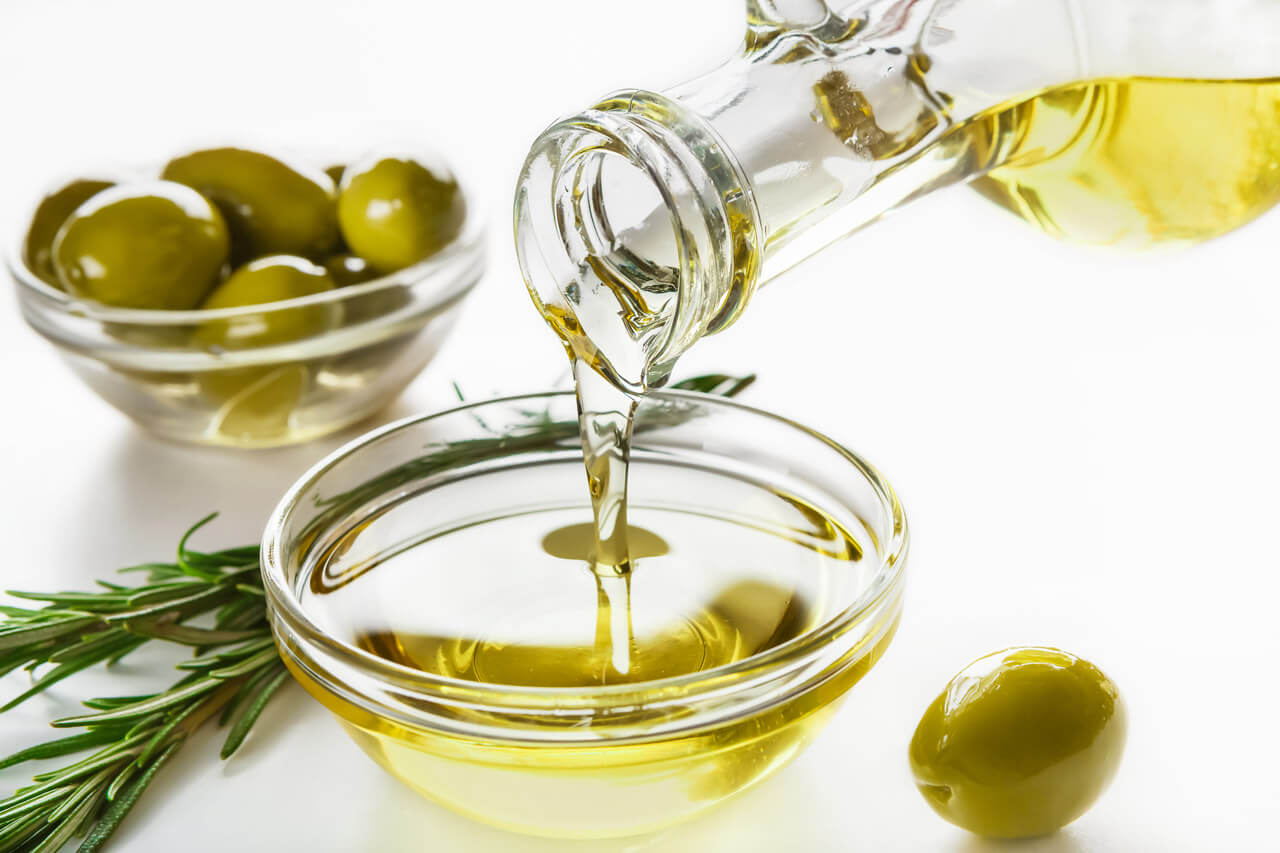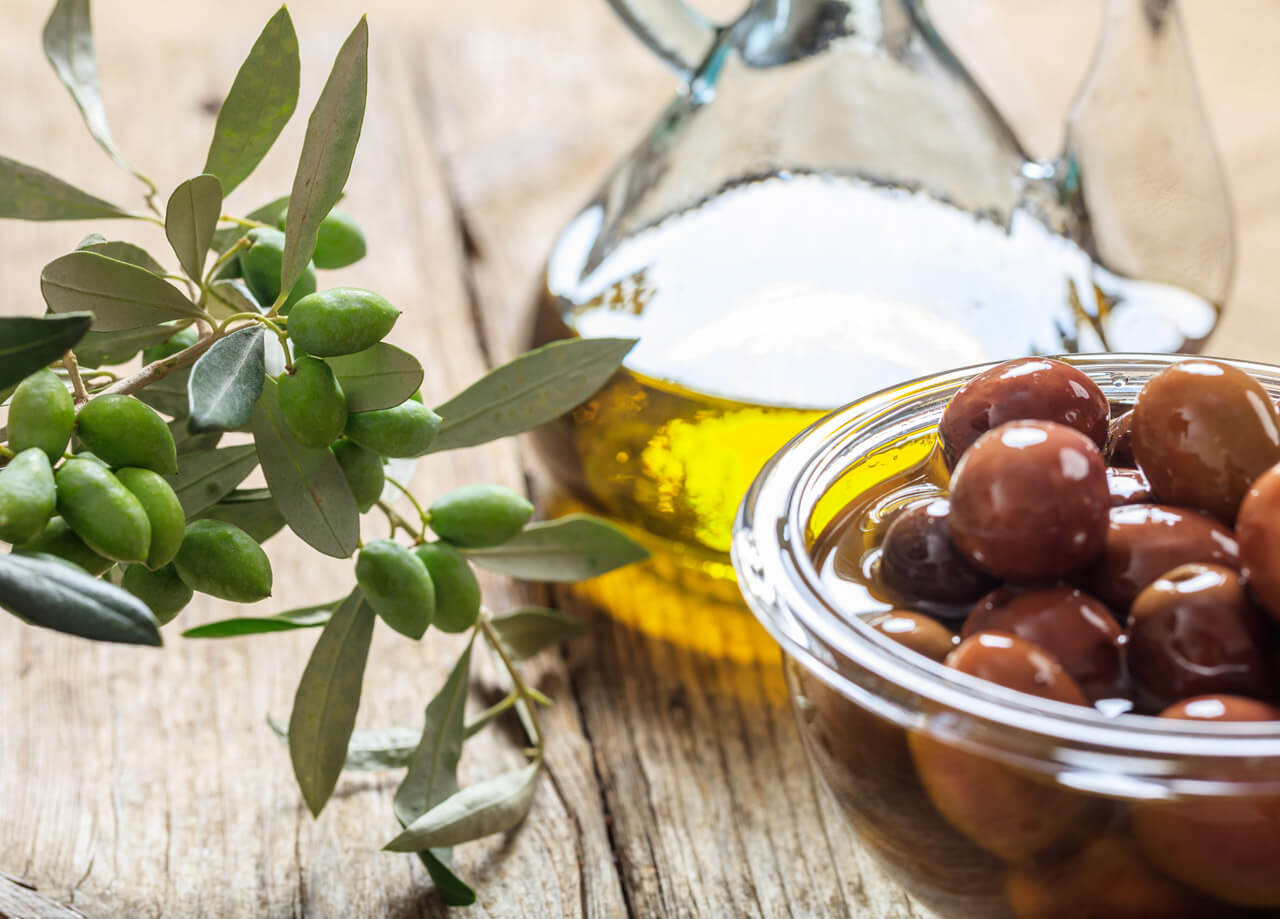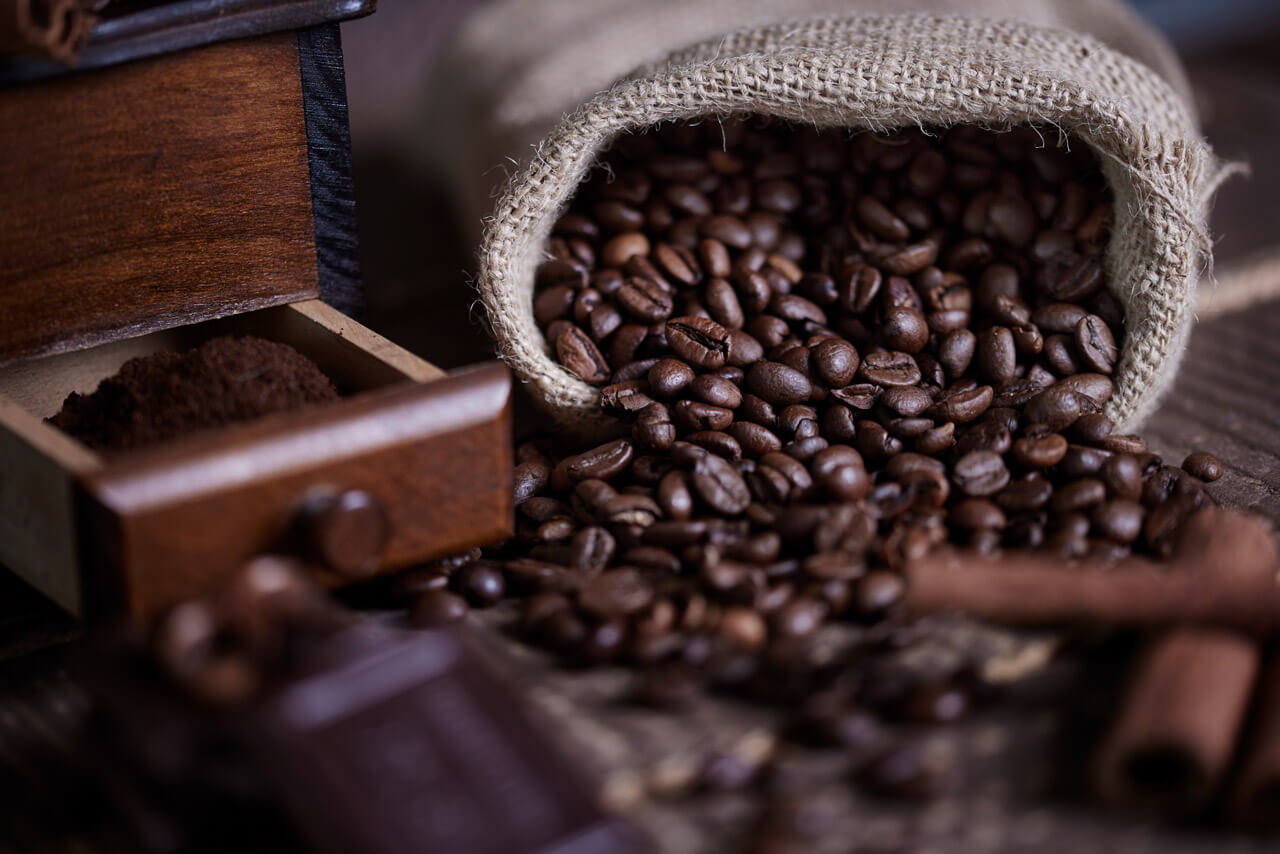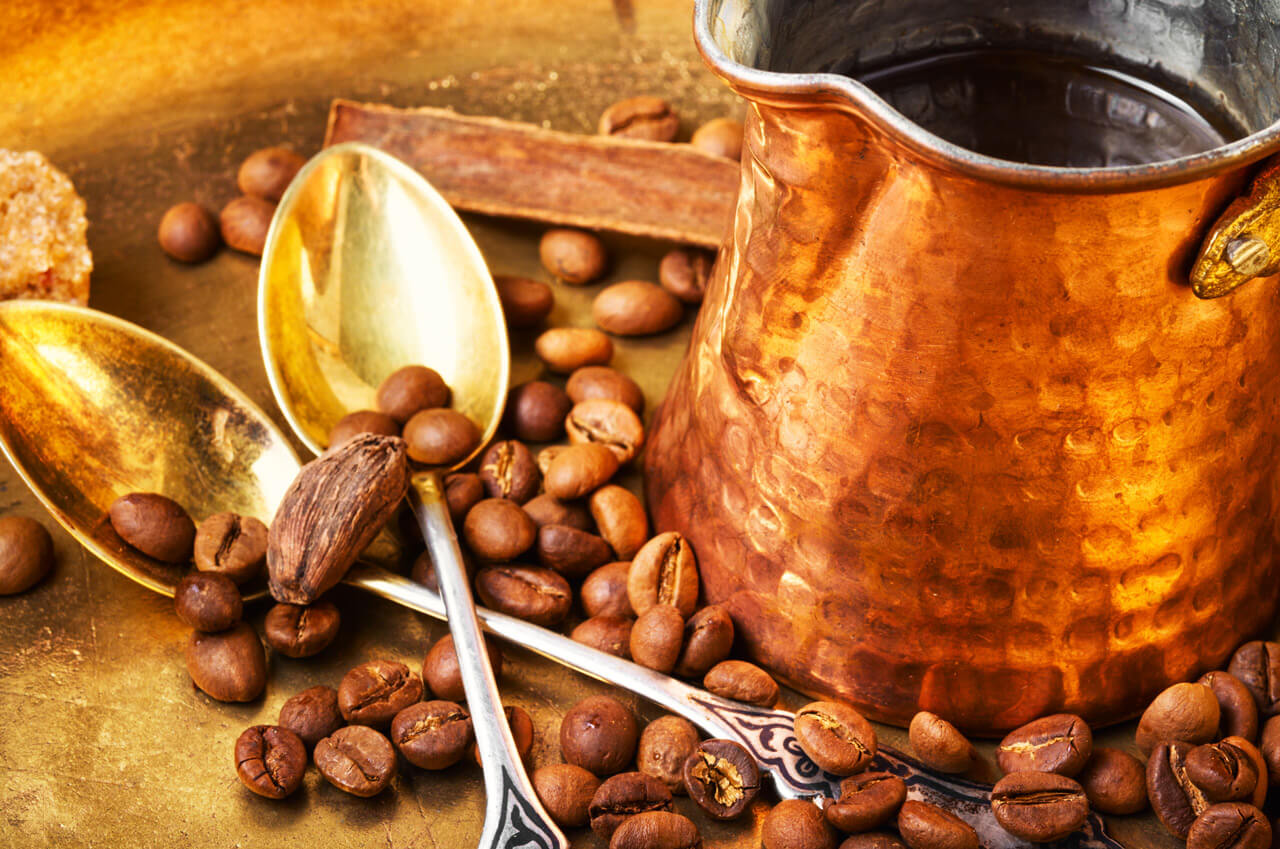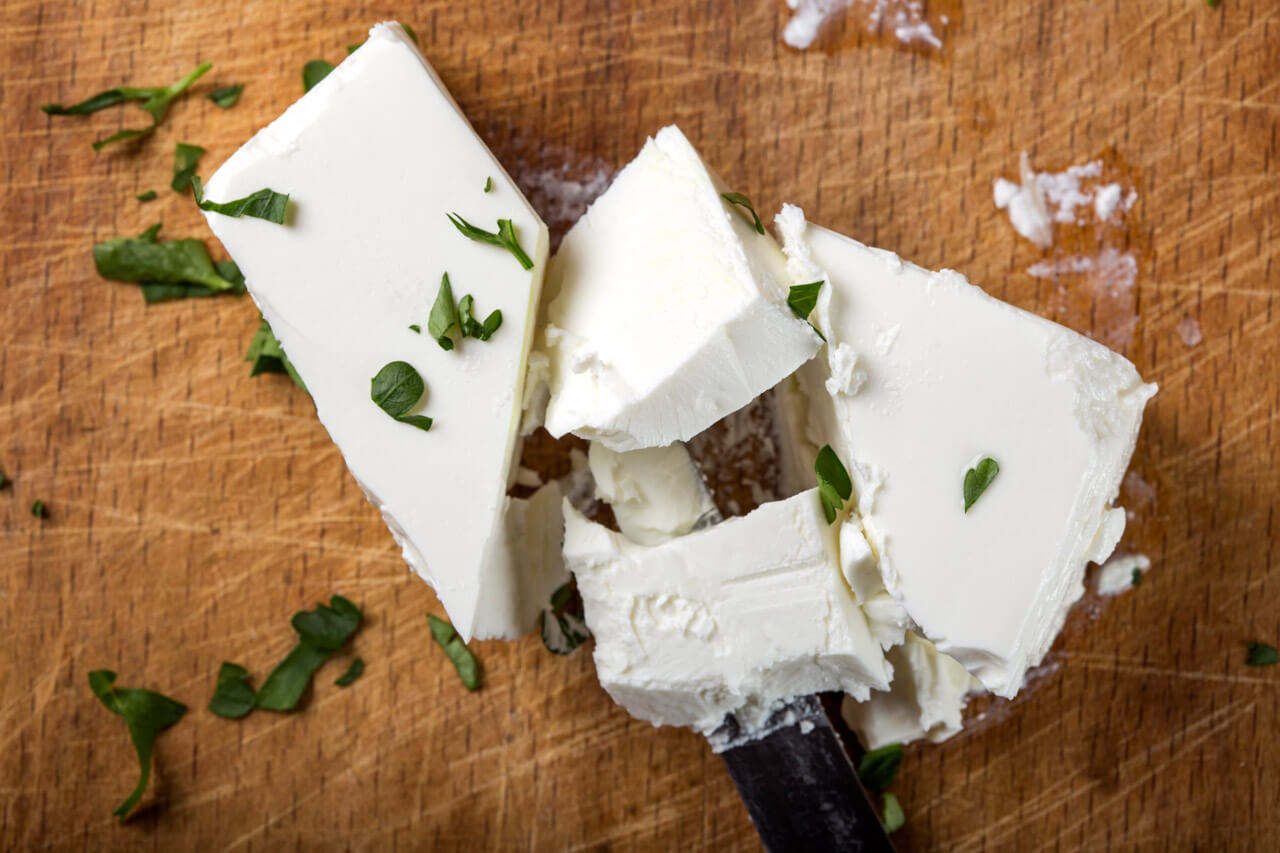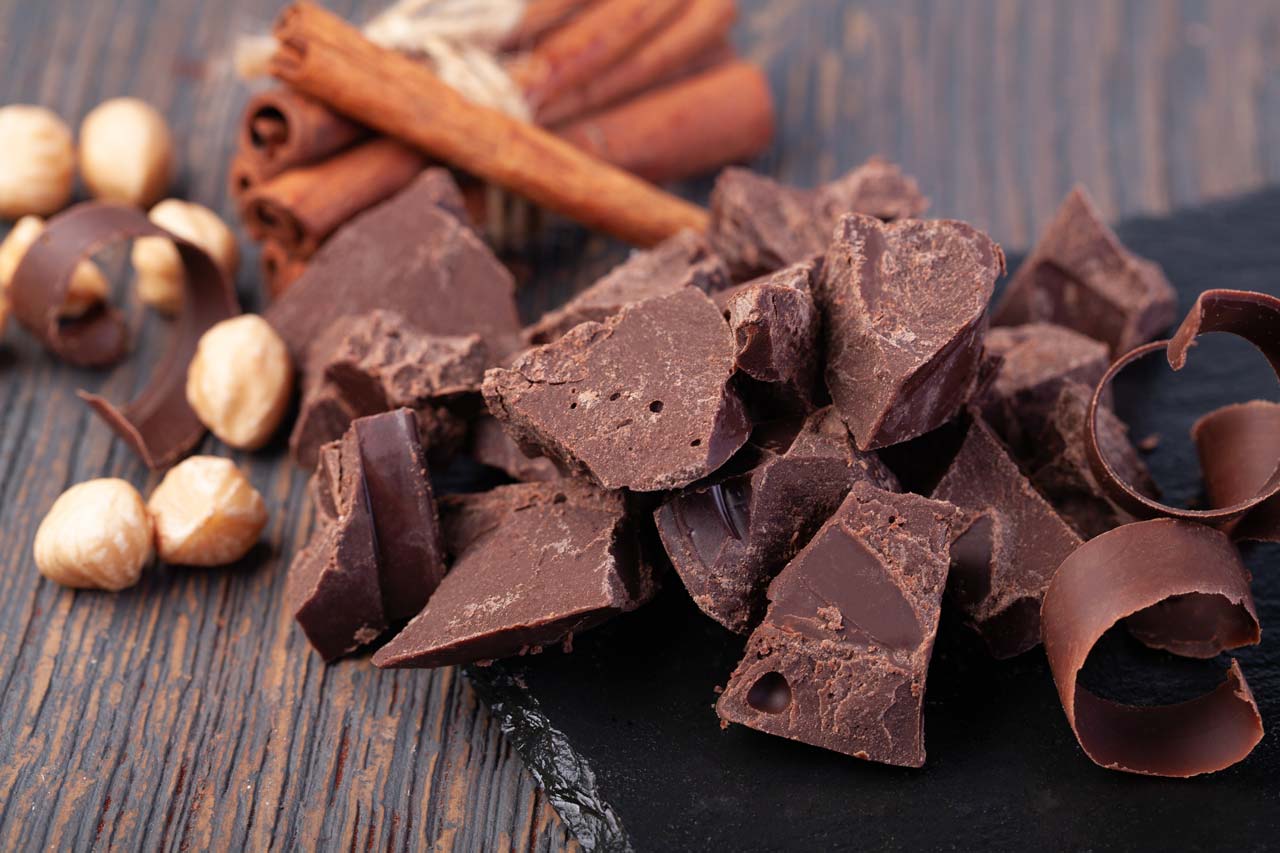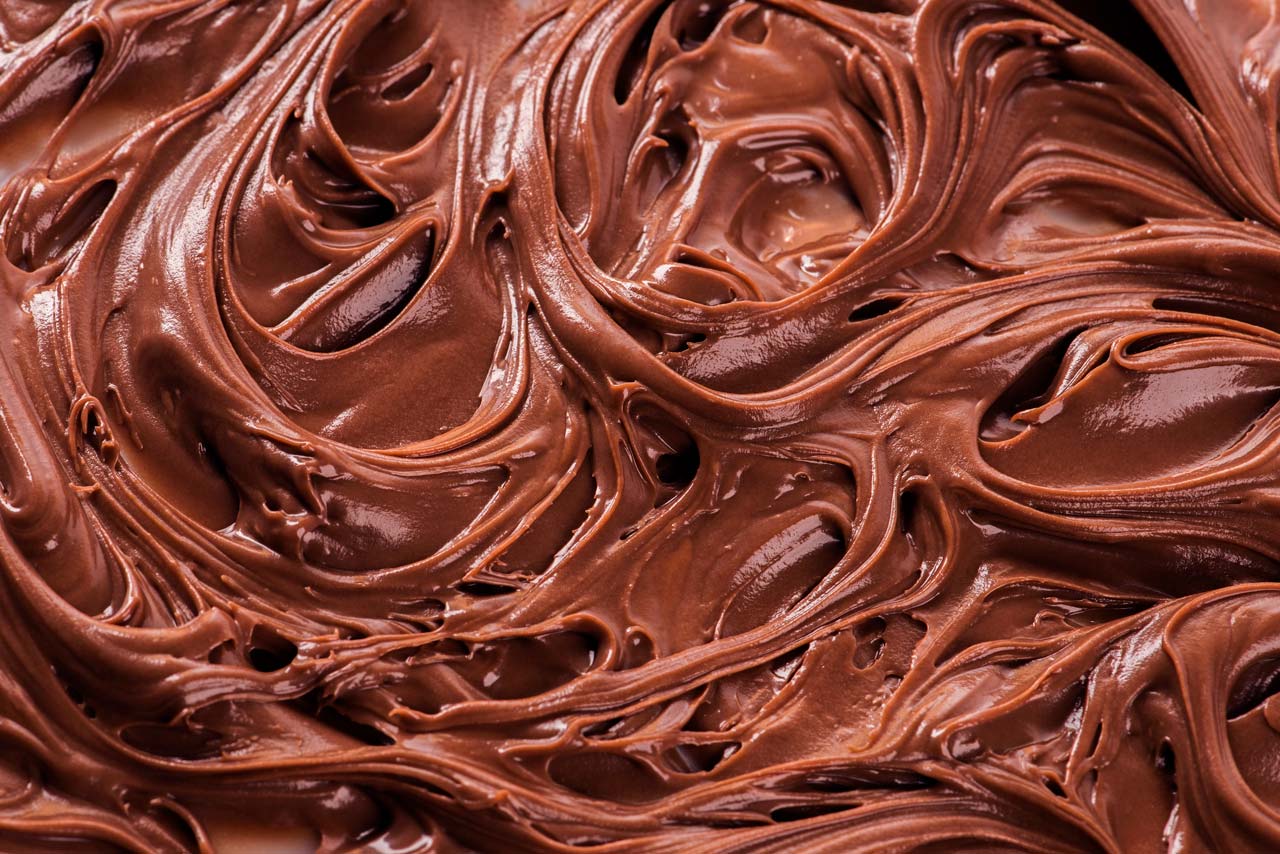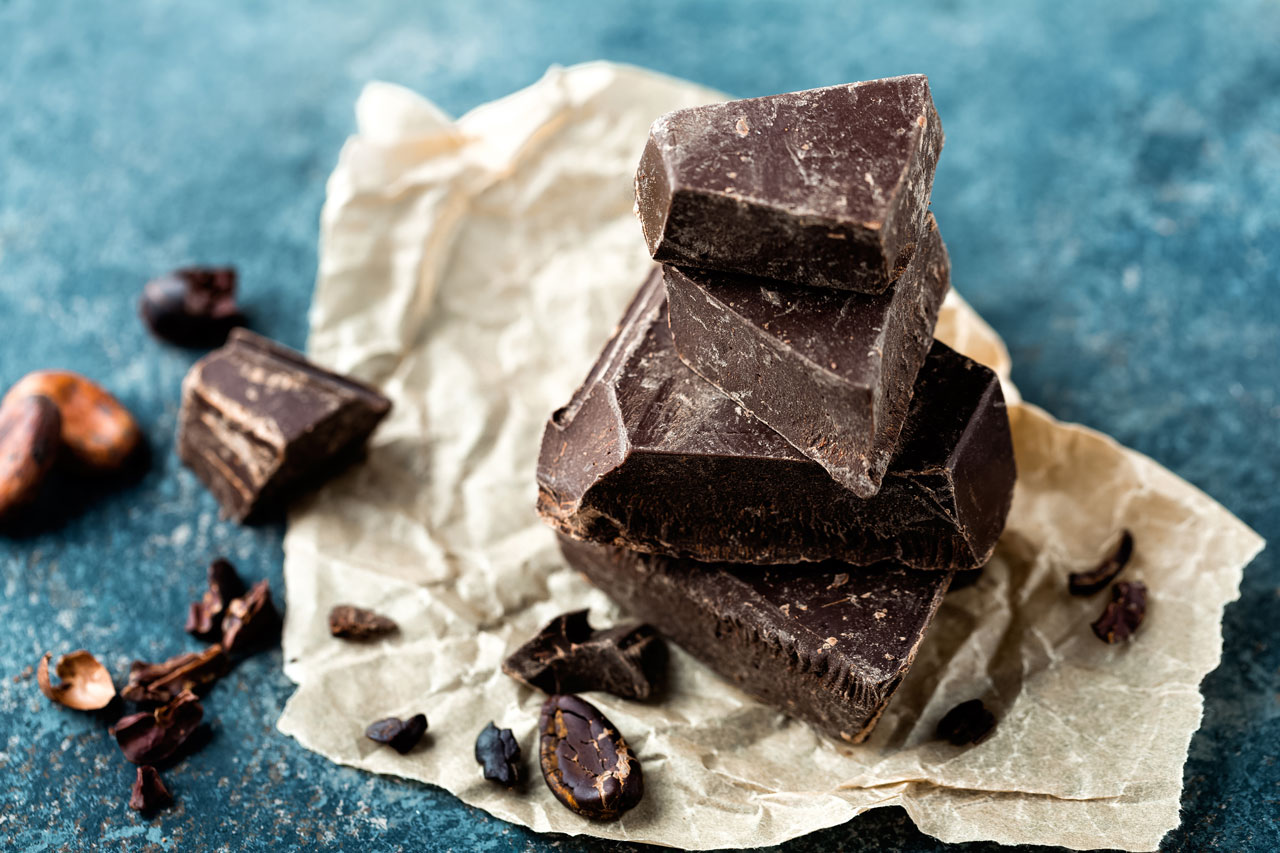History of the olive tree
A symbol of peace, wisdom, fertility, prosperity, happiness, victory. No temple tree in our country is praised, painted, sung, as much as olives. This tree, which loves the sea and the Mediterranean sun, grows even on arid and rocky soils and survives in conditions of drought and strong winds. It followed the inhabitants of this country in times of both prosperity and poverty and left its mark in every aspect of the cultural tradition of the Mediterranean people. In the Greek tradition, when a child is born, an olive tree is planted. The olive and the child will grow up together and when the child
It uses extra virgin olive oil
Olive oil is widely recognized as one of the healthiest oils in the world. In fact, people who tend to live longer and healthier lives in regions where olive oil is a staple of the diet. Extra virgin olive oil (EVOO) is the highest quality olive oil available , and is obtained from the olive fruit without the use of heat and chemicals. Extra virgin olive oil is a fantastic source of antioxidants and healthy fats regularly olive oil is refined and devoid of important nutrients and antioxidants.In contrast, the natural extraction process used
History of olive oil
The history of olives and olive oil dates back centuries. The olive tree is associated with thousands of years of Greek history and tradition. The olive tree was considered sacred and very protected. He was a symbol of peace, victory, wisdom and friendship. With an olive wreath "kotinos" crowned the winners of the Olympic Games.The wild olive tree originates from the eastern Mediterranean, but the first olive cultivation took place in Greece, and especially in Crete, in prehistory. The primary relationship of oliveoil with Greece is confirmed by the fact that the Greek name "olive" is maintained in most European languages: olive (English), Olive (French),
Coffee, plant
Coffee is a tropical plant that grows at 600-1800m above sea level. Coffee is usually called a beverage prepared by cooking roasted, ground beans. The product given by the coffee plant has the appearance of a red cherry with two seeds. After separation from the fruit puree, we obtain beans that are generally known as “green beans” from coffee (Buffo and Freire, 2003). Coffee berries, which contain green beans, produce an evergreen plant of the genus Coffea. The two most common types are Caffee canephnora (also known as Caffe robusta) and Caffee Arabica. Coffee plant (lat. Coffea) genus
History of coffee
It is difficult to determine the exact time of discovery of this remarkable plant, which we can say with certainty is a universal drink and the most popular stimulant in the world that you can find anywhere in the world. However, what many historians agree with, it is the "birthplace of coffee" - the area of Coffee in Ethiopia after which this plant was named (wikipedia.org - coffee plant). The natives of Africa initially used coffee as food - they ground it and mixed it with water and spices and even animal fat to
History of cheese production
Cheese has been produced since ancient times in almost all parts of the world. It used to be the main food. It was produced from the milk of cows, sheep, goats, buffalo, and even from the milk of rooms in Lapland and strong milk in Nepal. The long list of international cheeses includes: Swiss Emmentaler, French Camembert, and Brie, Roquefort, Italian Gorgonzola, Bel Paese, Parmesan - Grana, Greek Feta and many others. Once upon a time, cheese was a gift to the gods or a food of the privileged class, and in the Middle Ages it became the daily food of the general population. Cheese is a product of a certain country and
What is Belgian chocolate?
Although the Mesoamerican unlocked the potential of cocoa beans, the Belgian elevated it into an art form. When it comes to the world’s favorite sweet treat, there’s Belgian chocolate, and then everything else… A brief history of Belgian chocolate Belgium’s love affair with chocolate began back in 1635 during the Spanish occupation of the country and shortly after the first chocolate arrival from Europe from Mesoamerica. With an aroma unlike anything the country has experienced before, its appearance proved sensational and in the mid-18th century became extremely
What is milk chocolate?
Milk chocolate is a beneficial melting agent in the mouth. Creamy and smooth in texture, milk chocolate is loved around the world. Here’s what makes it so special. How is milk chocolate produced? Making milk chocolate is a work of love, with three main stages: First, the chocolate makers mix the milk ingredients and sugar and gently mix them with the chocolate liqueur and cocoa powder. The mixture dries and becomes a milky chocolate crumb powder. The last stage is the one in which the milk chocolate gets its smooth and velvety taste and texture through the stage that
What is dark chocolate?
Luxurious, bitterly sweet and always tempting. Dark chocolate is a delicacy that has a rich flavor and deep color. More intense than milk or white chocolate, dark chocolate is perfect for those who crave exotic, full-bodied flavors. How is dark chocolate made? Making dark chocolate is a precise art. With a higher percentage of cocoa, chocolate makers carefully mix dark chocolate to get an intense, rich chocolate flavor. Our intense dark chocolate is made from 70% cocoa and is made from cocoa beans that are certified in the permanently grown Rainforest Alliance,



